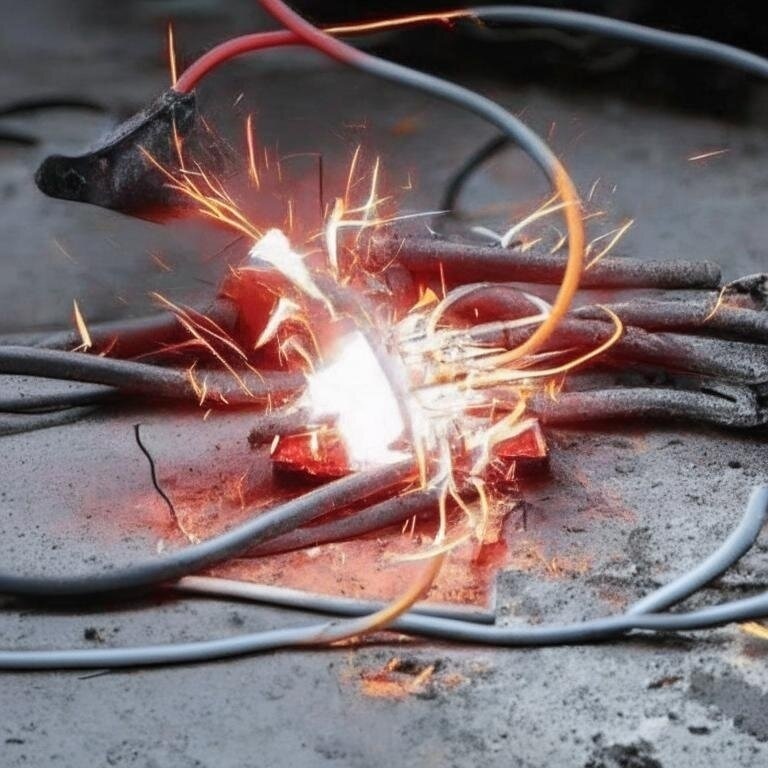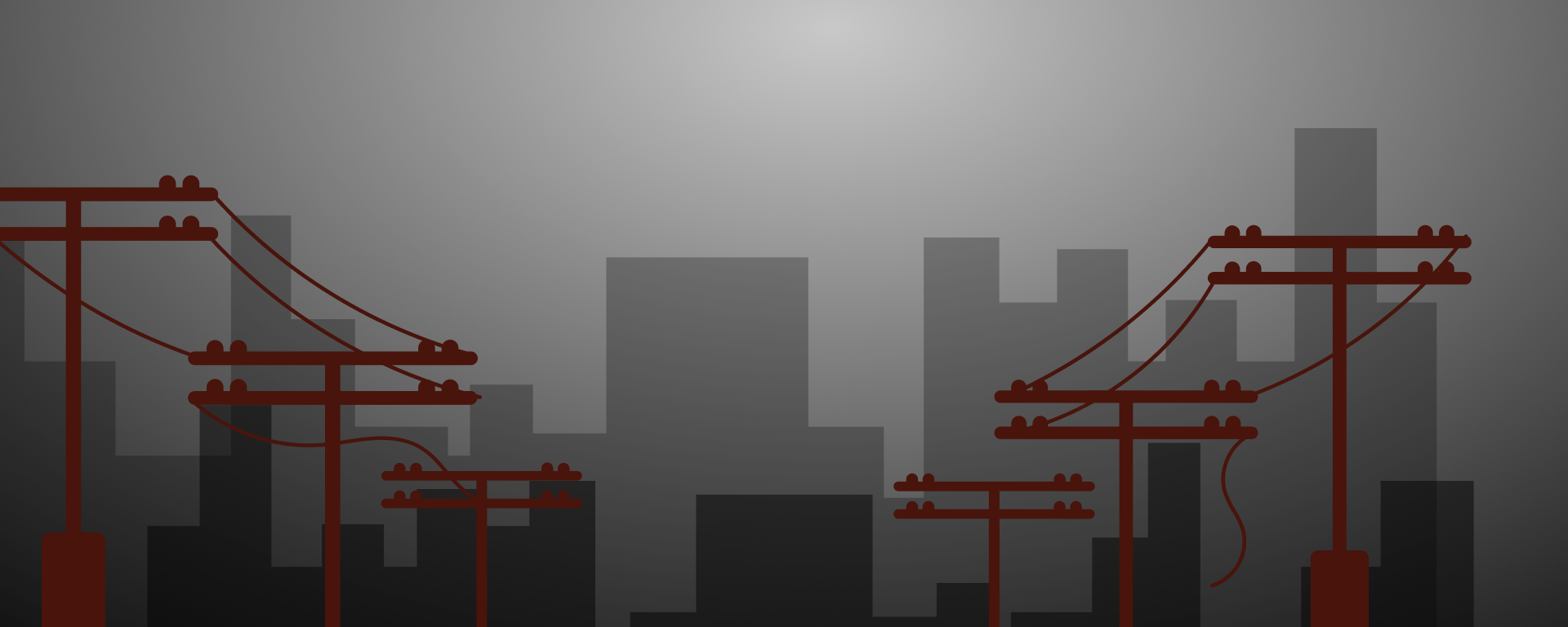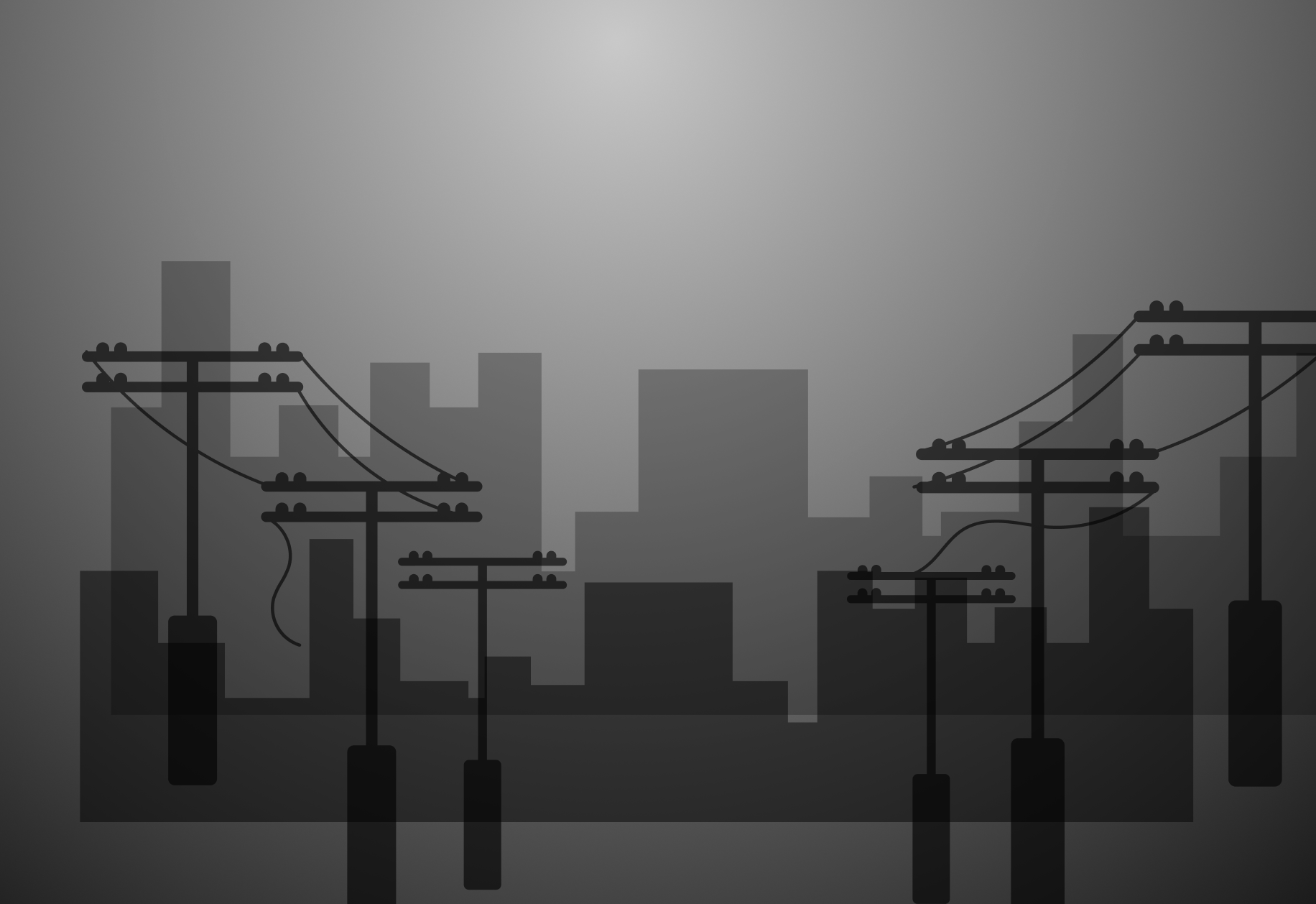Short circuit (SC) occurs when cable conductors accidentally connect with each other or ground without proper load resistance, causing a sudden current surge that can damage equipment or start fires.
- Mechanical damage — crushing, cuts, or insulation breaches during installation;
- Overheating — insulation degradation from overload or poor cooling;
- Aging insulation — cracking, delamination, loss of dielectric properties;
- Moisture/contamination — current leakage through wet or dirty insulation;
- Rodents/insects — cable damage in underground or conduit installations;

| Fault Type | Description | Consequences |
| Phase-Phase | Conductor-to-conductor contact | Overheating, melted wires |
| Phase-Ground | Live conductor contacts shield/armor/ground | Leakage currents, false trips |
| Phase-Neutral | In 220/380V systems — contact with neutral | Current spikes, breaker trips |
| Inter-Turn | In multi-core cables — adjacent wire contact | Localized overheating |
Professional Short Circuit Detection in Miami, Florida
High Voltage Control Inc. provides specialized solutions for cable fault location:
TDR Reflectometers (Precise distance-to-fault measurement)
Surge Generators (For hard-fault identification)
Consequences of Short Circuits
- Fire hazard — temperatures up to 1000°C can ignite insulation
- Equipment damage — blown fuses, tripped breakers
- Downtime — emergency power shutdowns
Cable short circuits require immediate detection and repair. Specialized cable fault locators and protective devices are essential for maintenance.

